To determine the efficiency of your power supply you have to deal with average power levels. The output power can be determined in various ways but if you are not sure of the ripple values, then the best is to perform a multiplication of instantaneous currents and voltages to obtain an instantaneous power \$p(t)\$ (note the lower case) that you will now average over a switching period to obtain the average power \$P\$.
The below graph shows the output voltage and current of a typical flyback converter. You can see some ripple in these waveforms. If you want the exact power, just multiply the current and the voltage signals to form the instantaneous power:

If you place the cursors to isolate a switching cycle in \$p_{out}(t)\$, then the average power is 22.55 W. You could also take the rms value of \$V_{out}\$ and square it to obtain \$P_{out}=\frac{V_{out, rms}^2}{R_L}=\frac{15^2}{10}=22.5\;W\$ over the 10-\$\Omega\$ load.
For the input power, if you have a stable dc source without ripple, then you can simply multiply the dc value of the source with the average input current and you'll have \$P_{in}\$. Below is the typical input current signature of the converter operated in DCM:

The average input current is measured along a switching cycle and you have 121.1 mA which multiplied by the 290-V dc source gives an input power of 35.12 W. The efficiency is thus \$\eta=\frac{P_{out}}{P_{in}}=\frac{22.5}{35.12}=64\$%. Oui, a poor performance but this is a simulation example :-)




